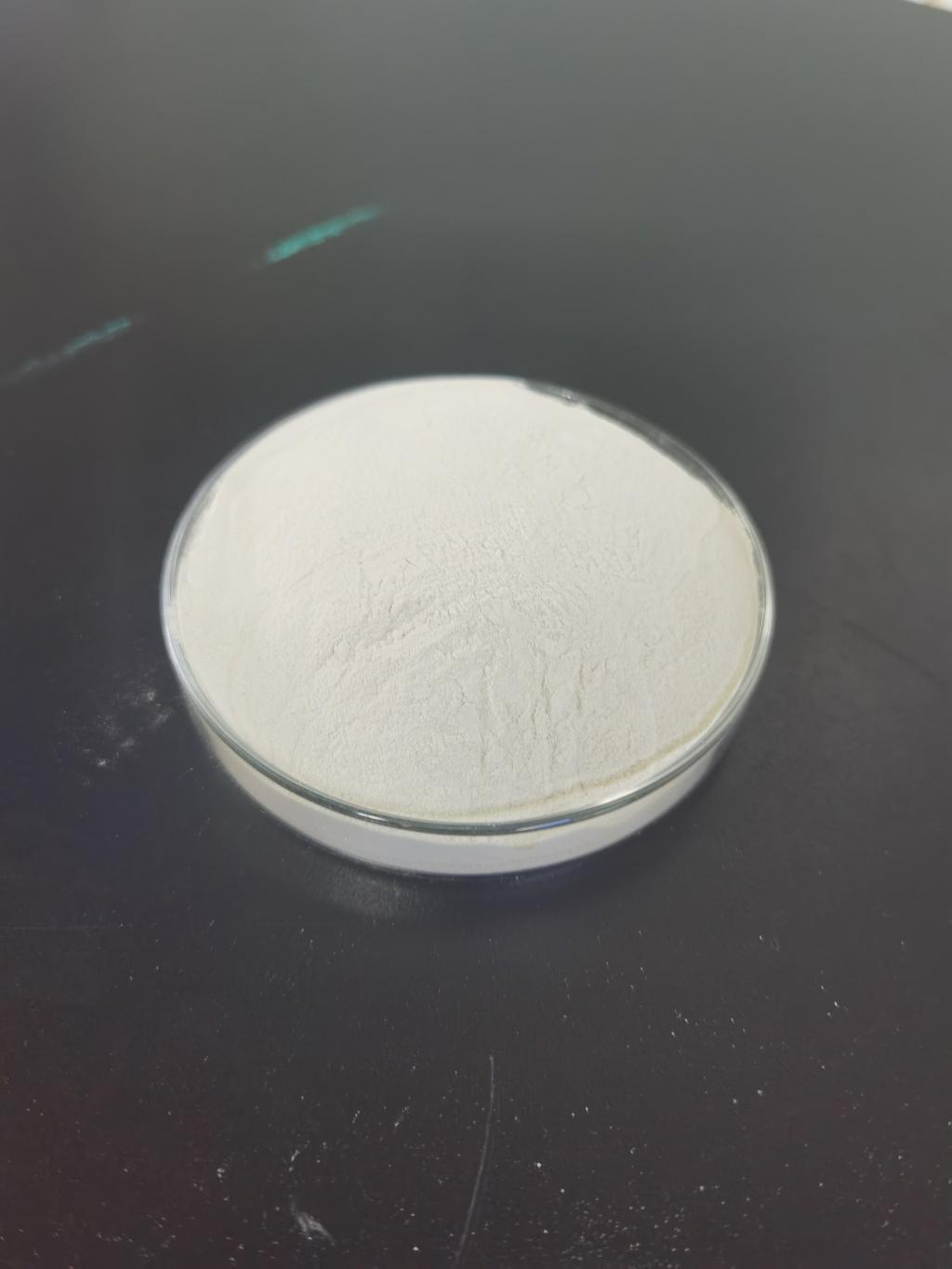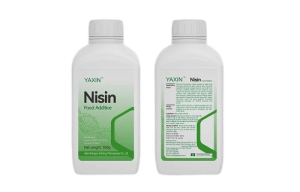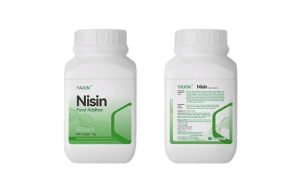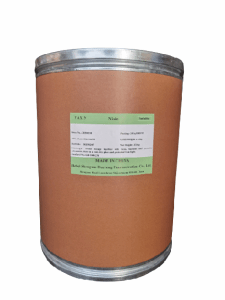Tel:+8618231198596

News
 CONTACT
CONTACT
 CONTACT
CONTACT
- Linkman:Linda Yao
- Tel: +8618231198596
- Email:linda.yao@dcpharma.cn
- Linkman:CHARLES.WANG
- Department:Overseas
- Tel: 0086 0311-85537378 0086 0311-85539701
News
Current Position:
Home >
News
>Exploring the relationship between nisin and food microbiology education.
Exploring the relationship between nisin and food microbiology education.
TIME:2024-12-05
The Importance of Food Microbiology Education
Food microbiology education focuses on understanding the types of microorganisms that can be found in food, their roles in food spoilage, fermentation, and pathogenicity, and the techniques used to control these microorganisms. It is an essential component of food science programs and provides students with the knowledge necessary to develop safe and effective food products. Key topics include the identification of spoilage and pathogenic microorganisms, microbial behavior under different conditions, and preservation methods such as refrigeration, drying, and the use of chemical or natural preservatives.
Nisin, a naturally occurring bacteriocin, plays a critical role in food microbiology by offering a method of microbial control that is both effective and safe. It is particularly valuable for food microbiology students to understand how nisin functions as an antimicrobial agent, as it can offer insight into the broader principles of bacteriostasis and bactericidal activity.
Nisin's Role in Food Microbiology
Nisin is a bacteriocin produced by the bacterium Lactococcus lactis, and it has been widely used as a food preservative due to its ability to inhibit the growth of various Gram-positive bacteria. Unlike chemical preservatives, nisin is a naturally occurring substance, which appeals to consumers seeking more natural food preservation methods. It works by binding to bacterial cell membranes, causing disruptions in their integrity and preventing further bacterial growth. This mechanism makes nisin effective against a range of harmful bacteria, including Listeria monocytogenes, Clostridium botulinum, and Staphylococcus aureus.
For students of food microbiology, understanding how nisin operates at the cellular level enhances their appreciation for the biochemical interactions between microorganisms and preservatives. It also reinforces the concept of antimicrobial mechanisms, which is a cornerstone in microbiology education.
Nisin as a Teaching Tool in Food Microbiology Education
Nisin offers several educational benefits in the context of food microbiology, making it a valuable teaching tool for students studying food safety and preservation methods.
Understanding Antimicrobial Mechanisms: Nisin’s unique mode of action can be used to teach students about the principles of antimicrobial action. By exploring how nisin binds to bacterial cell walls and disrupts their integrity, students can gain a deeper understanding of the biochemical processes involved in microbial inhibition. This is particularly beneficial when discussing the broader categories of antimicrobial agents, such as antibiotics, preservatives, and bacteriocins.
Investigating Natural Preservatives: The use of natural preservatives like nisin is an emerging topic within food microbiology, and educating students about this option prepares them to innovate in the field of food preservation. Given the growing consumer demand for natural additives, students who are familiar with the role of bacteriocins can explore their potential for creating safer and more sustainable food products. Understanding nisin also opens doors for studying other natural preservatives, such as essential oils, plant extracts, and enzymes.
Practical Applications and Research: Nisin’s use in food products provides a real-world example for students to understand the practical applications of food microbiology. Students can explore how nisin is used in products like dairy, meats, and canned foods, where it helps prevent spoilage and extend shelf life. Moreover, research opportunities abound for students to investigate the optimization of nisin usage, such as exploring its efficacy under different conditions, its interactions with other food ingredients, and its ability to preserve the sensory properties of food.
Linking Microbial Safety and Food Quality: By incorporating nisin into food microbiology education, students are taught not only about the prevention of harmful bacteria but also about the impact of preservatives on food quality. Nisin helps maintain the appearance, flavor, and texture of food, which is an important aspect of its application in the food industry. Understanding the balance between food safety and food quality is a critical learning point for students, especially as consumer preferences for both natural preservatives and high-quality products continue to evolve.
The Growing Relevance of Nisin in Food Microbiology
As the food industry shifts towards more natural and sustainable preservation methods, nisin's role in food microbiology is becoming increasingly important. It is particularly relevant in the context of emerging trends such as clean-label products, which prioritize natural ingredients and preservatives. Educating students about nisin and other biopreservatives equips them with the knowledge to meet the demands of modern food production, where both safety and consumer preferences must be considered.
Additionally, nisin’s potential in combating foodborne pathogens and spoilage bacteria contributes to global food security efforts. For students, understanding how nisin helps reduce the risks of foodborne illnesses and extends the shelf life of food products is crucial for shaping the future of food safety practices.
Challenges and Opportunities in Education
While nisin offers numerous teaching opportunities, there are challenges in its widespread integration into food microbiology curricula. For example, nisin’s effectiveness can be influenced by factors like pH, temperature, and the composition of food, making its study more complex. Moreover, while nisin is effective against many harmful bacteria, it has limitations against Gram-negative bacteria and some pathogens, which may require students to explore other antimicrobial methods in tandem.
However, these challenges provide opportunities for deeper exploration. Students can be encouraged to conduct experiments to test nisin’s efficacy in different food environments, analyze its interactions with various food matrices, and explore the future potential of nisin as part of integrated preservation systems. This hands-on approach will help students gain practical experience and prepare them for careers in food safety, microbiology, and food product development.
Conclusion
Nisin plays a significant role in food microbiology education by providing students with practical insights into the mechanisms of antimicrobial action and the application of natural preservatives in food. As the demand for natural and sustainable food preservation grows, understanding the science behind nisin and its applications will be essential for future food scientists. By exploring the relationship between nisin and food microbiology education, we not only enhance students’ knowledge but also empower them to contribute to the development of safer, healthier, and more sustainable food products. Through continued research and education, nisin’s role in food safety will continue to evolve, offering new opportunities for students and the food industry alike.
- Tel:+8618231198596
- Whatsapp:18231198596
- Chat With Skype







